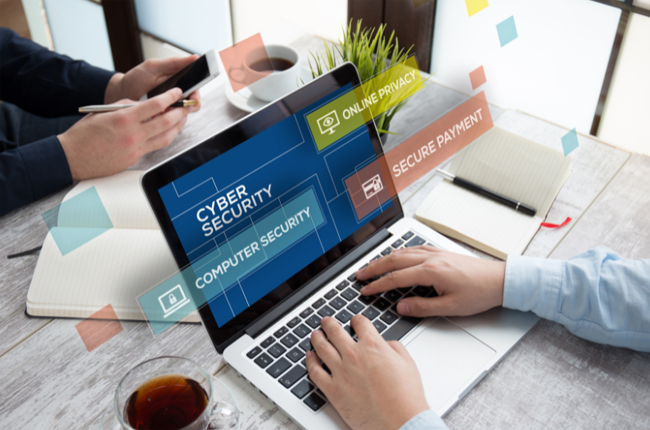The Infamous Michelangelo Virus of 1992: A Cybersecurity Turning Point
In the early days of computing, the emergence of viruses was a lesser-known threat, until the ominous arrival of the Michelangelo virus in 1992 shook the burgeoning digital domain. Named after the famed Italian artist, this virus left an indelible mark on the world of cybersecurity, redefining the urgency for protective measures and spawning a new era of vigilance against malicious software.
The Rise of Michelangelo: A Menace Unleashed
The Michelangelo virus, also known as “Michelangelo’s Birthday,” was programmed to activate on March 6th, the birthday of the renowned artist Michelangelo Buonarroti. Its primary target was the boot sector of DOS-based PCs, lying dormant until the fateful date when it unleashed its devastating payload. Upon activation, the virus would overwrite critical system data, rendering the infected computers inoperable.
Unprecedented Panic and Response
The news of Michelangelo’s impending activation sparked widespread panic and apprehension. Media outlets amplified the fear, predicting catastrophic consequences and mass data loss. With an estimated 5-10 million infected computers worldwide, the urgency to find solutions and preventative measures became paramount.
Antivirus software companies, such as McAfee and Symantec, witnessed a surge in demand for their products and services. They scrambled to provide users with tools to detect and remove the virus before its activation date. This incident marked a pivotal moment in the cybersecurity industry, highlighting the critical need for proactive defense mechanisms against evolving digital threats.
Legacy and Lessons Learned
The legacy of the Michelangelo virus extends beyond its immediate impact. It underscored the importance of cybersecurity education and the necessity for regular data backups, as those who had proper backups were able to restore their systems without succumbing to the virus’s damage.
Furthermore, the Michelangelo outbreak prompted a collective awakening, leading to advancements in antivirus technology and the establishment of best practices for cyber hygiene. Users became more cautious about downloading files from untrusted sources, a practice that remains integral in modern cybersecurity protocols.
Impact on Modern Cybersecurity
Decades after its initial rampage, the Michelangelo virus serves as a historical milestone in the evolution of cybersecurity. Its disruptive force catalyzed the development of more robust antivirus software, propelled research into malware detection, and heightened awareness about the necessity of continuous vigilance in the face of evolving cyber threats.
Evolution of Cybersecurity Post-Michelangelo
The aftermath of the Michelangelo virus marked a turning point in the approach to cybersecurity. It prompted a shift from reactive to proactive measures. Antivirus software evolved significantly, adopting heuristic and behavior-based detection methods to combat not only known threats but also emerging, previously unseen viruses.
Moreover, the Michelangelo incident spurred collaborative efforts between governments, cybersecurity experts, and industries. Information sharing became crucial in combating cyber threats, leading to the formation of alliances and organizations dedicated to cybersecurity intelligence and response, fostering a united front against global digital threats.
Lessons for the Future
Reflecting on the Michelangelo virus, it’s evident that the lessons learned continue to resonate. Constant vigilance and education remain paramount in safeguarding against evolving cyber threats. Basic cybersecurity hygiene practices such as regular software updates, strong password management, and employee training on recognizing phishing attempts are integral in fortifying digital defenses.
Additionally, the proactive approach advocated post-Michelangelo emphasizes the importance of investing in robust cybersecurity measures. Organizations across sectors recognize the necessity of allocating resources toward cybersecurity infrastructure, including advanced threat detection systems, incident response teams, and comprehensive backup solutions.
Michelangelo’s Enduring Impact
While the Michelangelo virus itself has long been relegated to the annals of history, its enduring impact persists. It serves as a cautionary tale, reminding us of the disruptive potential of malicious software and the need for a collective, ongoing effort to combat cyber threats.
In today’s hyper-connected world, where digital dependence is ubiquitous, the lessons from the Michelangelo incident remain relevant. Cybersecurity is not merely a technological concern but a fundamental aspect of societal resilience. It requires continual adaptation and collaboration to stay ahead of sophisticated cyber adversaries.


Leave a Reply